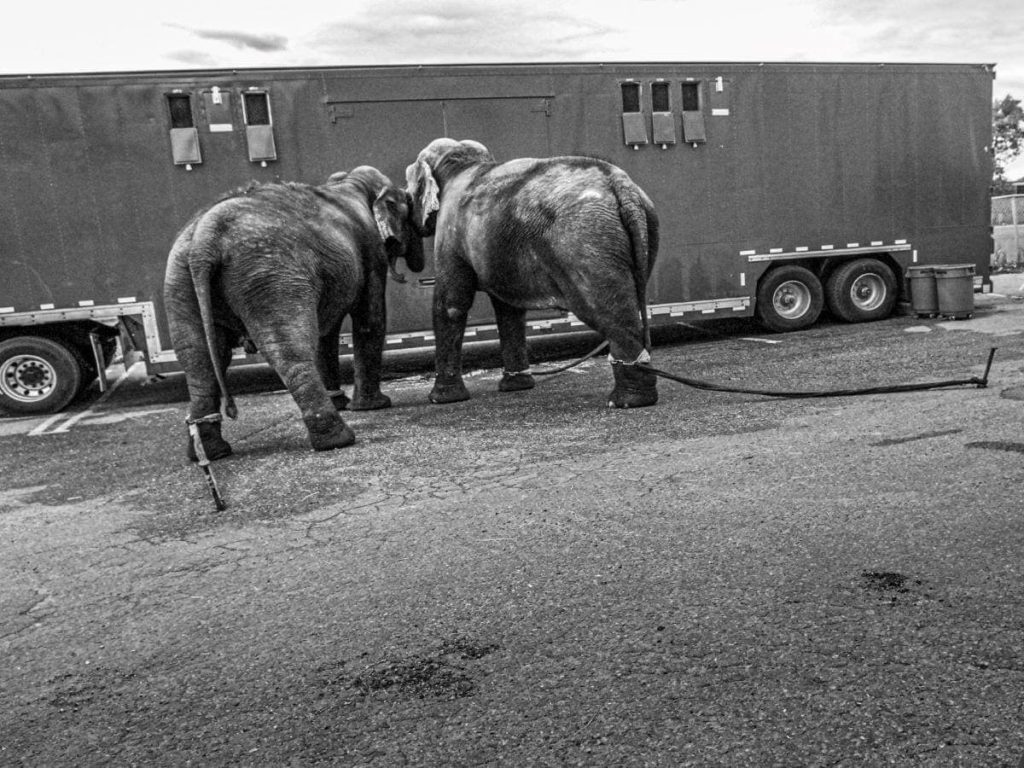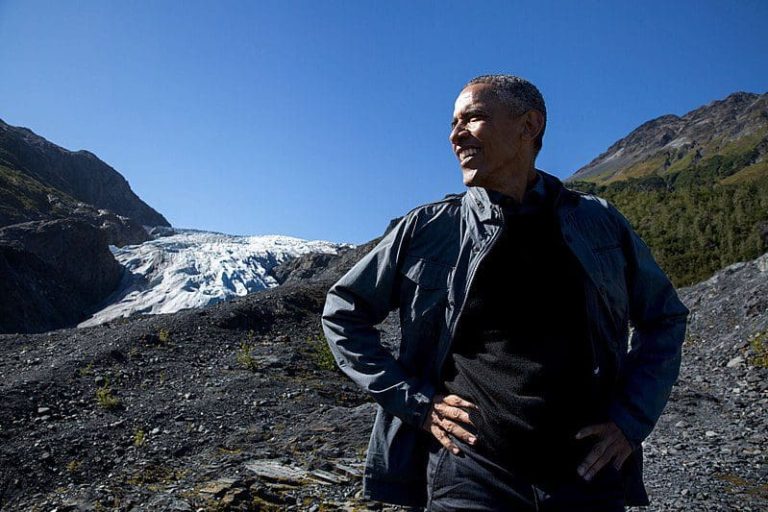
In the past 200 years, over 500 wildlife species have gone extinct in the United States alone, and approximately one-third of the native species in our country are at risk for extinction.
“Across the globe, international wildlife trafficking creates an even more dire scenario. The IUCN Red List (International Union for Conservation of Nature Red List of Threatened Species) has 16,306 endangered plants and animals on it. Current statistics show that one out of four mammals and one in eight birds are on that list.” – Assistant Professor Michael Moody, Conservation Law Enforcement at Unity College
While the risks that put these animals in danger are many, poaching and international wildlife trafficking are squarely at the top of the list. With animals hunted for everything from ingredients for “medicinal” purposes to trophies for the wall, conservation efforts are needed to put a stop to these illegal actions and help animals thrive again.
What Is International Wildlife Trafficking?
The U.S. Fish & Wildlife Service defines wildlife trafficking as “the poaching or other taking of protected or managed species and the illegal trade in wildlife and their related parts or products.” In other words, international wildlife trafficking is the illegal hunting of animals under legal protection for the sole purpose of harvesting their parts or products for sale. These protected animals are often endangered or at high risk of becoming endangered, so laws are in place to keep them safe in their natural habitats. While many of these animals are slaughtered as part of the trafficking process, sometimes they are captured alive to be sold to zoos or as pets.
Why Is Wildlife Trafficking a Problem?
Wildlife trafficking is a problem for two significant reasons. First, it is a major threat to global conservation efforts. When animals at risk of becoming extinct are unethically hunted, the effects on the environment are often devastating. Once an animal goes extinct, there are no options to get the species back. The impact can be far-reaching.
This problem also affects global and national security. When criminals are able to bring animals into a country illegally, they can effectively bring in other items, as well. Live animals that end up released into the environment can turn into invasive species that hurt the local ecology, and that has damaging effects in many areas of life. In developing countries where animals are a major source of food, poaching can hurt the livelihood of the local people.
Where Does Illegal Wildlife Trade Happen?
Illegal wildlife trade happens everywhere. In Operation Cobra II, law enforcement officers in 28 different countries worked together on a month-long operation to stop the illegal wildlife trade. This international effort ended with 400 arrests and 350 wildlife seizures in some of biggest problem areas such as Africa and Asia. According to the World Wildlife Fund, the biggest hot spots for wildlife trade are:
- China’s international borders
- Eastern and Southern Africa
- Southeast Asia
- Eastern Europe
- Mexico
- The Caribbean
- Indonesia
- New Guinea
- The Solomon Islands
However, wildlife trafficking can happen anywhere interested buyers are found
How Big Is the Illegal Wildlife Trade?
That wildlife trade is such a serious issue is indicative of how big this crime has become in its impact on us all and the money it represents. Each year, the World Economic Forum estimates between $7 and $23 billion in transactions happen because of illegal wildlife trafficking—$200 million in annual revenue comes in from trophy hunting.
These numbers are on the rise. Rhino trafficking, a common problem in Africa, is a good example of this. In 2007, the country of South Africa lost just 13 rhinos to trafficking. In 2014, that number increased by 9,000% to 1,215, putting rhino populations at serious risk. Money talks, and people are going to continue working the illegal wildlife trade as long as it remains a profitable business. This is a huge reason why wildlife conservation efforts are so important.
What Are the Most Trafficked Animals?
The World Wildlife Fund indicates offers a list of the most commonly trafficked animals:
- African Elephant
- Amur Leopard
- Rhinos
- Green Turtle
- Hawksbill Turtle
- Indian Elephant
- Leatherback Turtle
- Orangutan
- Sunda Tiger
Each of these animals is hunted for a different reason. Elephants are usually hunted to harvest the ivory from their tusks, while leopards and tigers are poached for trophy hunting or the fur trade. These animals are endangered because of poaching, some of them critically so.
How Can We Stop Wildlife Trafficking?
There are many steps concerned individuals can take to stop wildlife trafficking. An easy place to start is to stop buying products that are not ethically sourced. For example, ivory is often from inhumanely harvested sources, so avoiding the purchase of products made from pure ivory will reduce the amount of poaching of elephants.
When shopping, consumers can ask themselves important questions about the content of the product or where it came from. This will help establish whether the product is an ethically produced product. If in doubt, opt for something made and crafted locally instead of overseas.
People who are concerned about animal conservation can also support legislation that makes it harder for traffickers to earn income. They can push their local governments to promote laws and law enforcement actions that stop these crimes in their own communities.
Finally, concerned individuals can take measures to promote environmental education. This helps raise a generation that is more open to discussing conservation and protecting endangered wildlife populations in the future.
What Can I Do to Help Stop Wildlife Trafficking?
If you have a passion for animal conservation and want to take a more active role in stopping poachers and the wildlife trade in general, a wildlife conservation degree may be a good fit.
Unity College offers a BS in Conservation Law Enforcement that teaches students not only how to promote conservation, but also how to enforce conservation efforts legally. This degree teaches students how to analyze conservation-related crime scenes, what current conservation policies are, how to search for evidence legally, surveillance techniques to spot and find poachers, evidence handling, and interviewing and interrogation techniques—all with a conservation-minded focus.
What makes Unity College’s BS in Conservation Law Enforcement such a great choice is its hybrid-learning model. This provides students with the flexibility to study online and on-campus, depending on their schedules and needs. Each student’s Hybrid Learning Coach will help with the selection of instruction types to make the learning path exactly what the student needs.
This program also has a large amount of fieldwork, which gives students hands-on experience in conservation. All Conservation Law Enforcement students can use National Park Services Seasonal Academy training jobs as part of their credit, which is yet another way to get hands-on training.
If you are passionate about protecting endangered animals from poaching and trafficking crimes and have an eye for detail, then a career in conservation law enforcement may be a good fit. If you are interested in learning more about the Hybrid Learning Conservation Law Enforcement degree offered at Unity College, contact us today.



